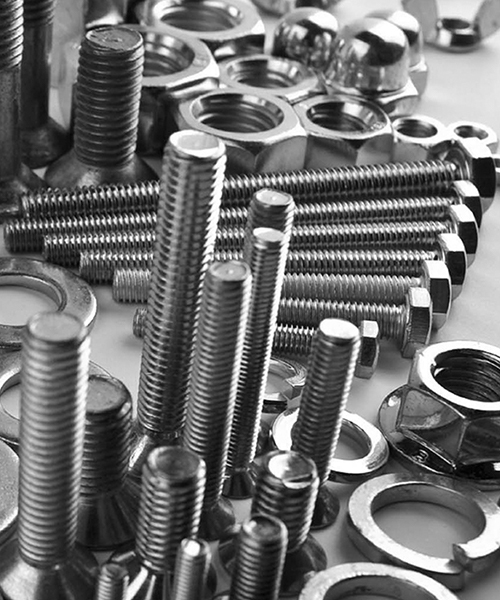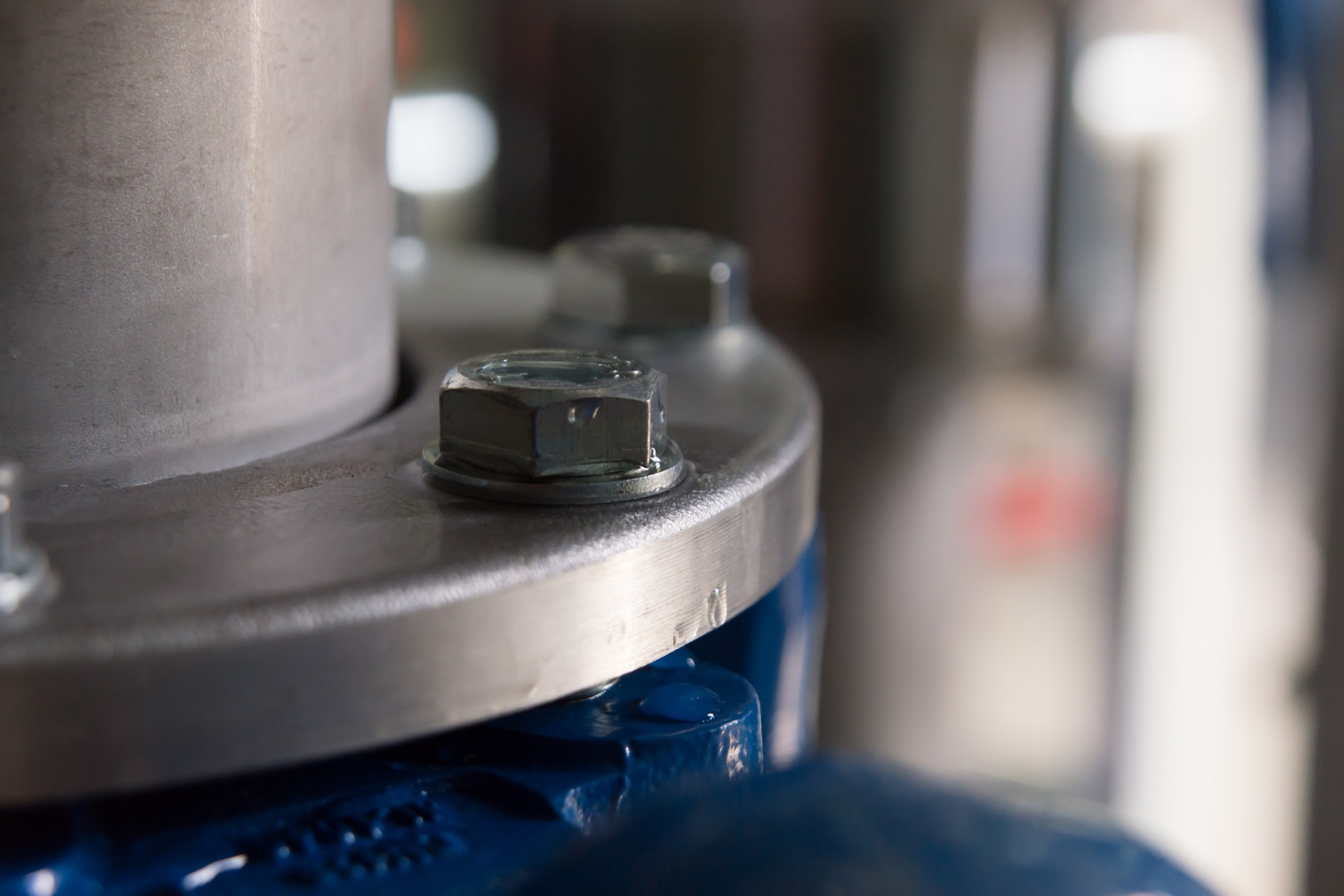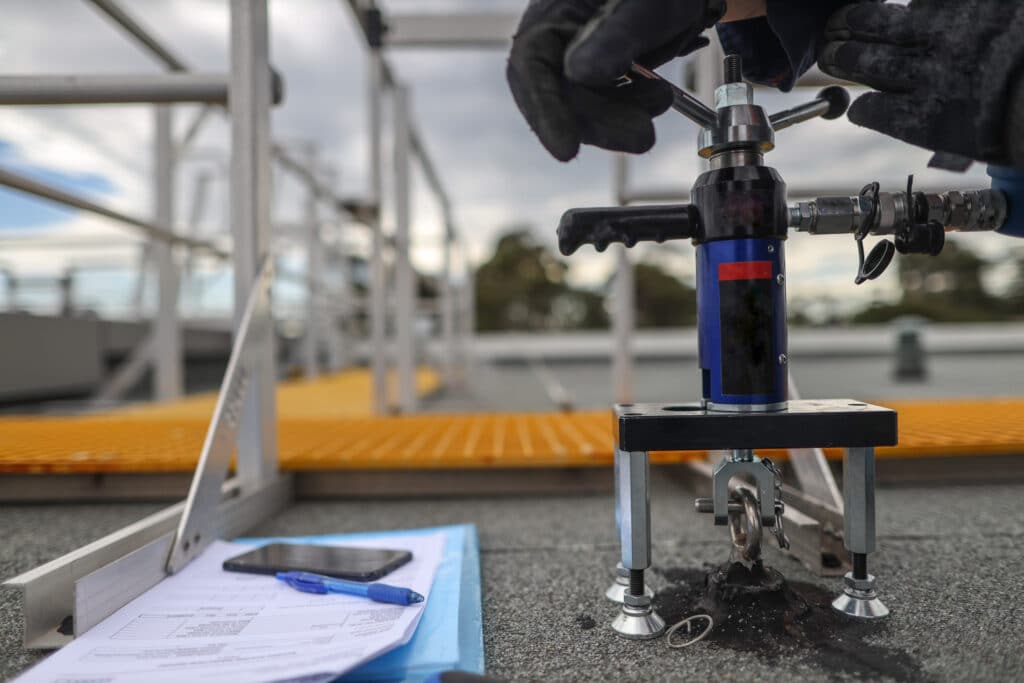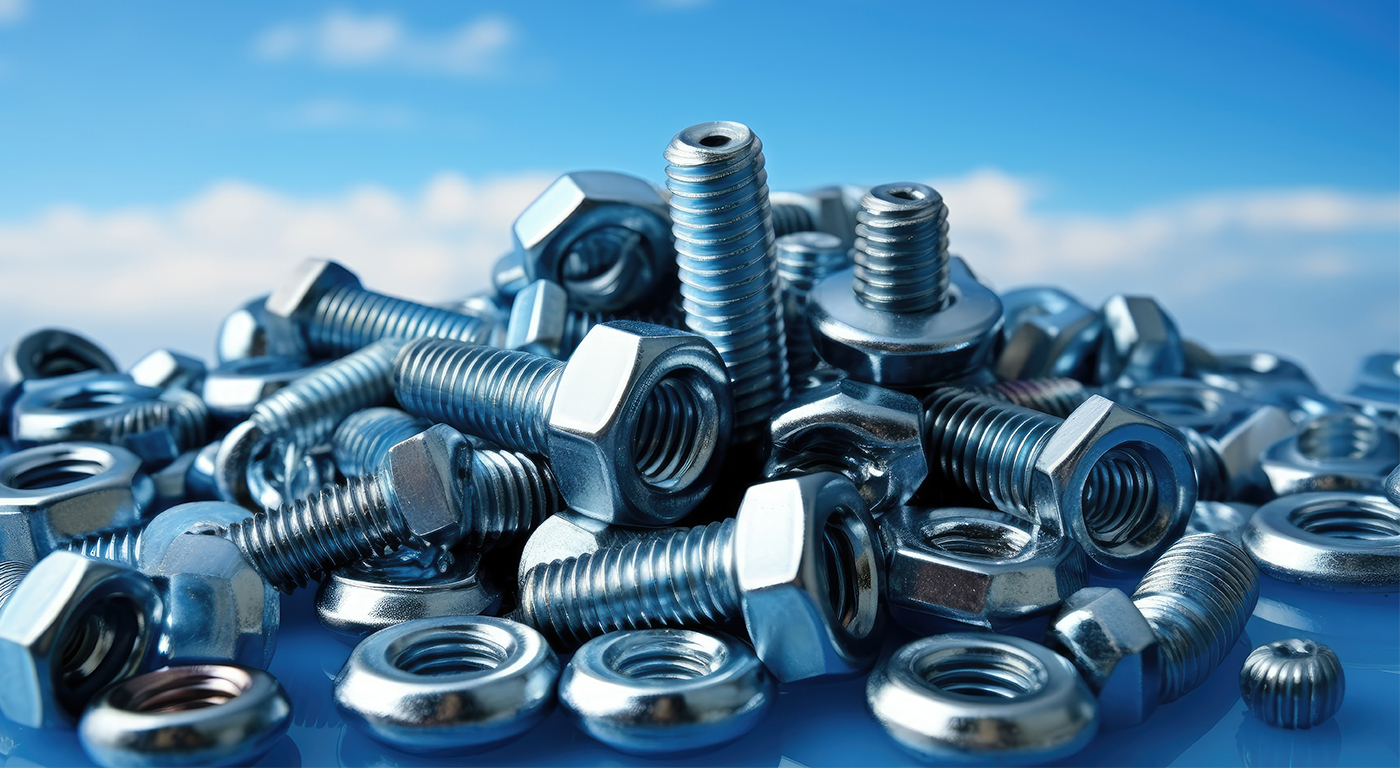Insulation
Building insulation plays a vital role in energy efficiency, comfort, and sustainability. Whether in residential, commercial, or industrial structures, insulation reduces heat transfer, minimizes energy consumption, and enhances fire resistance. However, the effectiveness of insulation materials such as Styrofoam (EPS/XPS) and Rockwool depends not only on their properties but also on how they are secured to the building envelope.
Fasteners are a critical yet often overlooked component in insulation systems. Proper fixing ensures long-term stability, prevents thermal bridging, and enhances the overall performance of insulation materials. In this article, we explore the importance of insulation in modern construction, the role of specialized fasteners, and the leading companies that supply fixing technology for insulation systems.
Why Insulation Matters in Modern Construction
Buildings account for nearly 40% of global energy consumption, with heating and cooling making up a significant portion of this demand. Proper insulation reduces heat loss in winter and minimizes heat gain in summer, leading to lower energy bills, improved comfort, and reduced environmental impact.
Key Benefits of Insulation
- Energy Efficiency and Cost Savings
- Well-insulated buildings require less energy for heating and cooling, leading to reduced utility costs for homeowners and businesses.
- Governments worldwide offer incentives and regulations promoting energy-efficient insulation in construction.
- Thermal Comfort and Climate Control
- Insulation maintains stable indoor temperatures, preventing cold drafts in winter and excessive heat in summer.
- It contributes to better indoor air quality by reducing condensation and mold growth.
- Fire Resistance and Safety
- Fire-resistant insulation materials, such as Rockwool, enhance building safety by slowing the spread of flames.
- Proper fixing methods ensure insulation remains securely attached, even under high temperatures.
- Noise Reduction and Acoustic Insulation
- Insulation materials also act as soundproofing layers, reducing noise transmission between rooms and from external sources.
- Rockwool, in particular, is known for its excellent acoustic performance.
- Sustainability and Carbon Footprint Reduction
- Insulation reduces energy consumption, which in turn lowers carbon emissions.
- Many insulation materials now incorporate recycled content, making them eco-friendly choices for sustainable construction.
The Role of Fasteners in Insulation Systems
While insulation materials provide thermal and acoustic benefits, their effectiveness depends on how they are secured. Properly designed fasteners prevent movement, reduce the risk of thermal bridging, and enhance long-term performance.
Challenges in Fixing Insulation
- Thermal Expansion and Contraction: Temperature fluctuations cause materials to expand and contract, which can lead to loosening of fasteners over time.
- Moisture Resistance: In external thermal insulation composite systems (ETICS), fasteners must prevent water penetration to avoid mold and deterioration.
- Wind Load Resistance: Insulation panels on high-rise buildings must withstand wind forces without detaching.
- Substrate Compatibility: Different building materials (concrete, brick, steel, or wood) require specific fastening solutions for optimal grip and durability.
Types of Insulation Fasteners
- Mechanical Anchors for Styrofoam (EPS/XPS) Insulation
- Used in ETICS systems for securing rigid expanded polystyrene (EPS) or extruded polystyrene (XPS) panels to concrete and masonry walls.
- Typically made of plastic or metal with a wide head to distribute pressure evenly.
- Examples: Rawlplug R-TFIX-8M, Fischer TermoFix, Ejot STR U 2G.
- Mechanical Fixings for Rockwool Insulation
- Rockwool insulation is heavier than Styrofoam, requiring stronger fasteners that penetrate deep into the substrate.
- Special washers prevent compression of the insulation material while ensuring a secure hold.
- Examples: Ejot STR-H, Rawlplug R-TFIX-8S, Fischer DHK 90.
- Frame Anchors for Insulated Facades
- Used for securing insulation layers over reinforced facades and ventilated cladding systems.
- Provide additional strength against wind loads and mechanical stress.
- Examples: Rawlplug R-TFIX-TOOL-CS, Ejot H1 eco, and Fischer FID anchors.
- Adhesive Fixings for Complementary Support
- Some insulation systems use adhesive mortar combined with mechanical anchors for extra stability.
- Reduces the number of required mechanical fixings, minimizing thermal bridging.
Leading Companies in Insulation Fastening Technology
Several manufacturers specialize in innovative fixing solutions for insulation materials. These companies continuously develop high-performance anchors to ensure long-term durability, easy installation, and compliance with energy efficiency standards.
- Rawlplug: A global leader in insulation fasteners, offering advanced fixing solutions like R-TFIX-8M and R-TFIX-8S for ETICS systems.
- Ejot: Known for its high-strength anchors, such as the STR U 2G, providing superior hold for both Styrofoam and Rockwool insulation.
- Fischer: Offers thermal bridge-free fixings, like the TermoFix and FID anchors, ensuring secure attachment with minimal energy loss.
- Hilti: Supplies high-performance insulation anchors for industrial and high-rise construction projects, with a focus on durability and fire resistance.
- Würth: Provides a wide range of frame fixings and ETICS anchors designed for various substrates, including concrete, brick, and timber.
These companies continue to develop more efficient, durable, and easy-to-install solutions for modern construction needs.
Best Practices for Installing Insulation Fasteners
To maximize the performance of insulation materials, correct installation techniques must be followed:
- Determine the Correct Number of Fasteners
- Insulation manufacturers provide fixing patterns based on wind load calculations.
- Generally, 6-8 fixings per m² are recommended for ETICS, but this varies by material and building height.
- Use the Right Drill Depth and Diameter
- Over-drilling or under-drilling can compromise the anchoring strength.
- Follow manufacturer guidelines for hole depth and fastener embedment.
- Avoid Thermal Bridging
- Use plastic or composite fasteners instead of metal where possible.
- Opt for countersunk fixings that do not create a direct heat transfer path.
- Ensure Proper Load Distribution
- Use fasteners with wide heads to evenly distribute force and prevent damage to insulation panels.
- Check Fixing Stability
- Perform pull-out tests to verify the anchoring strength of mechanical fixings.
- Ensure that all fasteners are flush with the surface but not over-tightened.
Conclusion
Insulation is a cornerstone of energy-efficient and sustainable building design. Materials like Styrofoam (EPS/XPS) and Rockwool provide excellent thermal and acoustic insulation, but their performance depends on proper installation and fixing methods.
High-quality insulation fasteners ensure stability, durability, and resistance to environmental stressors. Leading companies such as Rawlplug, Ejot, Fischer, Hilti, and Würth supply cutting-edge fixing technology that enhances the effectiveness of modern insulation systems.
By using the right fasteners and installation techniques, construction professionals can improve energy efficiency, reduce costs, and create comfortable, safe, and sustainable buildings for the future.




